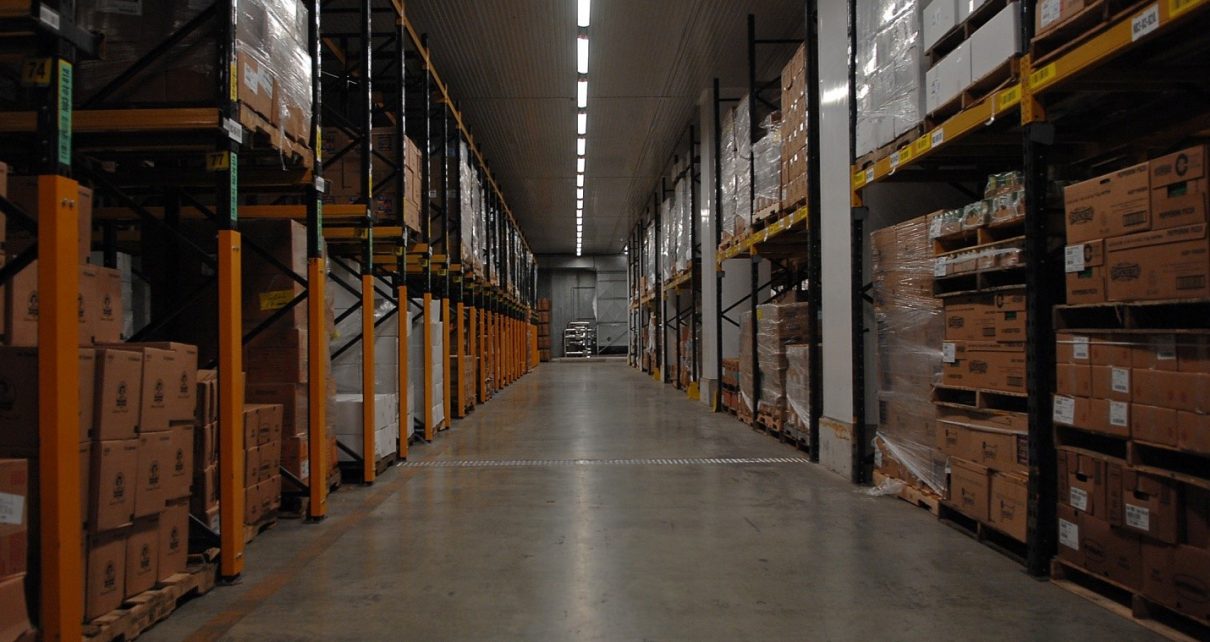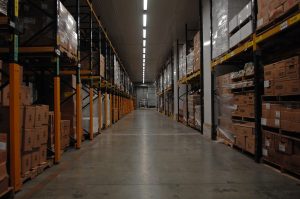Cold storage has been important to people for hundreds of years – ever since the discovery that chilling food can make it last longer. Things have moved on since stone-ice houses in the garden and become much more sophisticated in that time, both personally and for business. Commercial premises now have dedicated space for cold storage where business requirements dictate it, and they continue to develop those areas.
There are things every business using cold storage should take into account to ensure the operations are all as efficient as they can be.
Divide Space Carefully
Managing the temperature across the space of the warehouse is one of the biggest challenges, but it is one that must command adequate attention so the safety and quality of goods of your products is not compromised. Efficient cold storage also has a positive impact on your energy usage.
Start with getting your set-up arranged correctly. You might need a combination of shelving – and used pallet racking can be a cost-effective way of fitting out a warehouse. Wire racking can be used for storing food, medicine and other goods that need to be chilled. It allows air to circulate around the product and prevents damage and rusting. Do check beforehand that your proposed racking is suitable for your products, especially if you are choosing used pallet racking, as it might not come with original information.
First in, First Out
This standardised method of product movement allows for stock rotation, which is particularly important with chilled goods as the life is shorter, and the risk of not rotating correctly is wastage through spoiling. Alongside the storage processes, be sure to keep track of the date the goods were received into the warehouse as well as its expiry date so you are able to access the oldest stock first and minimise stock that must be disposed of.
Monitor Temperature
While it sounds obvious, it can be very easy to overlook the regular temperature checks required to maintain a constant level in the warehouse and the refrigeration. Regular checks will ensure that any changes are picked up before any damage is done.
For advice on the temperature you should be keeping your warehouse, visit the Food Logistics website.
Be sure to remain vigilant during the packing process too, as any tears in packaging risk a rise in temperature.





